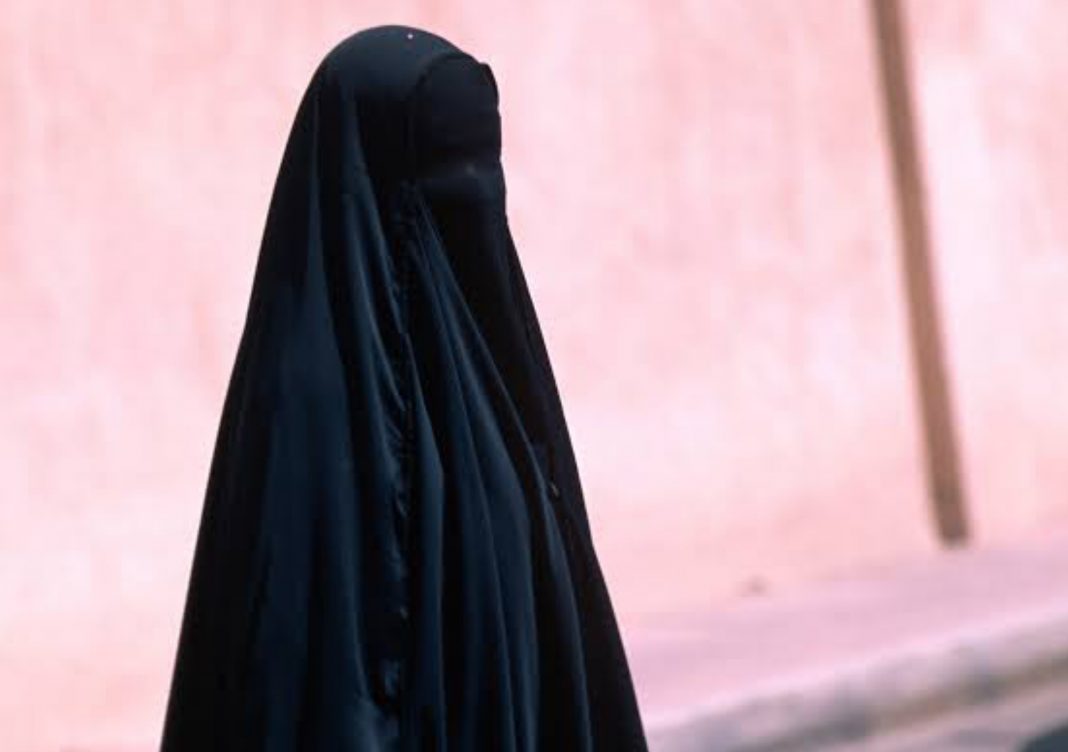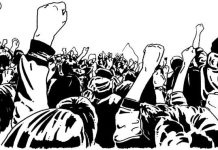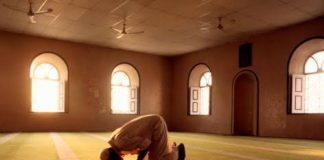Hijab, or veil, takes the center stage whenever there is battle between truth and falsehood. It has always been a sensitive issue, but it recently received a great deal of attention due to legislation and proposed legislation in several European countries (e.g., France, Germany) that ban its use in government institutions as well as educational institutions. For women who wear hijab out of religious conviction, the truth is obvious and indisputable. For others with limited knowledge or understanding of Hijab, it can be confusing.
It is important to understand several points related to hijab and modesty. The first point is that modesty had been the norm in history, up until the later part of the past century. If one were to peruse historical books of various times and ages, one would find modest covering of women in almost every society. The other point is that modesty is a component in several world religions, particularly in Judaism, Christianity, and Islam. It may come as a surprise to many that it was not Islam that invented modesty or hijab. This existed in the laws of religions revealed before Islam, and remnants can still be found in the altered books of those faiths. With the final message given to Prophet Muhammad (peace be upon him), the order for Hijab was confirmed and finalized.
This is a reality since all of those revelations came from the same Source, Allah. Mary, mother of Jesus (may Allah exalt their mention), is rarely depicted without a traditional head-covering and one would assume her to be Muslim. (Which, of course, she was.) One can still find both Jewish and Christian women today who cover in much the same way as Muslim women. It is one of the common bonds that are shared by these three major faiths.
More than a religious symbol
Hijab represents a woman’s submission to her Creator and her connection with the faith. While referring to it, Allah Almighty says: “That is more suitable that they will be known…” But, while hijab is a symbol, in reality it is much more than that. The following purposes and functions of hijab will clarify this point.
Hijab is a test for the Muslim woman. It is clear from the Qur’an and the Hadiths that hijab is a religious obligation, which a woman has to undertake. There is no scholarly difference on this point and the Muslim Ummah has applied it for over 14 centuries. When a Muslim woman wears hijab she is obeying and submitting to Allah. The following verses of the holy Qur’an refer to the obligatory nature of hijab: “And tell the believing women to reduce [some] of their vision and guard their private parts and not expose their adornment except that which (necessarily) appears thereof and to wrap (a portion of) their headcovers over their chests and not expose their adornment except to their husbands, their fathers, their husbands’ fathers, their sons, their husbands’ sons, their brothers, their brothers’ sons, their sisters’ sons, their women, that which their right hands possess, or those male attendants having no physical desire, or children who are not yet aware of the private aspects of women. And let them not stamp their feet to make known what they conceal of their adornment. And turn to Allah in repentance, all of you, O believers, that you might succeed.” [Qur’an, 24:31)
Also Allah says: “O Prophet, tell your wives and your daughters and the women of the believers to bring down over themselves [part] of their outer garments. That is more suitable that they will be known and not be abused. And ever is Allah Forgiving and Merciful.” (Qur’an, 33:59)
A woman who wears hijab liberates herself from the vain and selfish desire to show off her beauty and to compete with other women around her.
This is an innate desire that is exacerbated by wanton display and tamed by modesty and covering. With the hijab, a woman does not have to live up to society’s expectations of what is desirable, and she no longer has to use her beauty to obtain recognition or acceptance from those around her.
In the chapter of Al-Ahzaab mentioned above, Allah Almighty Says what means “That is more suitable that they will be known and not be abused.” Thus, one of the functions of hijab is to protect women from abuse and harm. This particularly includes various forms of sexual abuse and harassment, which are prevalent in societies in which few women cover. Men often get mixed signals and believe that women want their advances by the way they reveal their bodies. The hijab, on the contrary, sends a signal to men that the wearer is a modest and chaste woman who should not be annoyed.
Courtesy of islamweb.net







